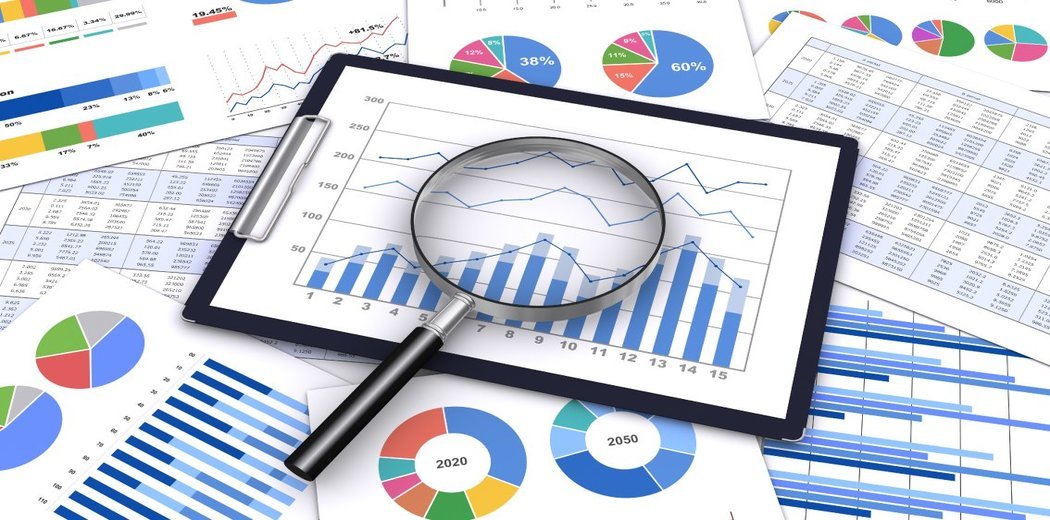In today’s digital economy, where data is both abundant and fragmented, enterprises that leverage statistical analysis effectively are uniquely positioned to transform information into innovation. This capability not only enhances operational efficiency and customer intelligence but also underpins strategic foresight and resilient decision-making.
For data-driven enterprises, statistical analysis is not a support function—it is a core enabler of business agility and competitive differentiation.
What Is Statistical Analysis in the Enterprise Context?
Statistical analysis refers to the structured application of quantitative methods to examine, interpret, and extract insights from data. Within an enterprise, it empowers leaders to identify trends, model risk, validate business assumptions, and optimize performance in real time.
The framework typically spans:
- Descriptive Statistics: Offers immediate situational awareness by summarizing data distributions, such as revenue per customer, churn rate variance, or product return frequency.
- Inferential Statistics: Allows organizations to extrapolate insights from representative samples—enabling strategic decisions across broader markets or customer segments.
These methods provide the empirical foundation for analytics initiatives, from market analysis to supply chain optimization.
Why Statistical Analysis Matters to Enterprise Performance
In a landscape where data-driven transformation is central to competitive advantage, statistical analysis serves as a high-leverage capability for enterprises. Key benefits include:
- Risk-Reduced Decision-Making: By replacing assumption-driven decisions with statistically validated insights, businesses reduce uncertainty and improve investment outcomes.
- Strategic Forecasting: Enables forward-looking models that anticipate demand shifts, customer behavior, and operational constraints.
- Evidence-Based Innovation: Supports product development, go-to-market strategies, and service personalization based on quantifiable market signals.
- Performance Optimization: Enhances productivity by identifying inefficiencies, bottlenecks, and opportunities for automation or streamlining.
In essence, it allows enterprises to move from reactive reporting to proactive strategy enablement.
Cross-Functional Use Cases Driving Value
Statistical analysis adds enterprise-wide value when embedded across business functions:
- Executive Leadership: Facilitates KPI benchmarking, scenario planning, and M&A due diligence with data-backed confidence.
- Marketing & Customer Intelligence: Powers segmentation models, campaign lift analysis, and customer lifetime value predictions.
- Finance & Risk: Informs forecasting, credit risk scoring, and regulatory stress testing with precision.
- Operations & Supply Chain: Enables inventory optimization, capacity planning, and vendor performance modeling.
- HR & Talent Analytics: Drives workforce planning, retention modeling, and diversity impact analysis.
By aligning statistical capabilities with business priorities, enterprises unlock synergies between data science and decision science.
Enterprise-Grade Analytical Techniques
Several statistical techniques have become mission-critical in enterprise environments:
- Regression Models: Support pricing strategy, cost forecasting, and sales attribution by quantifying variable relationships.
- Cluster & Factor Analysis: Used for customer segmentation, market landscape exploration, and product bundling strategies.
- Time Series Forecasting: Essential for revenue planning, logistics, and budget allocation.
- Bayesian Inference: Increasingly leveraged in AI applications for updating probabilities as new data becomes available.
- Monte Carlo Simulation: Used in financial modeling and scenario testing to evaluate the range of possible outcomes and risks.
These techniques are often integrated within modern data stacks—through platforms like Snowflake, Databricks, or cloud-native services—making advanced analytics scalable across the enterprise.
Governance, Accuracy, and Impact
Despite its power, statistical analysis demands robust governance to ensure it drives business value responsibly:
- Data Integrity: Ensuring input data is clean, complete, and timely is critical to avoid flawed insights.
- Model Interpretability: Stakeholders must understand how outputs are derived to trust and act on recommendations.
- Scalability & Integration: Statistical outputs must align with existing BI tools, dashboards, and decision workflows.
- Compliance & Ethics: Especially in regulated industries, statistical models must meet transparency, auditability, and fairness standards.
When governed effectively, statistical analysis becomes a strategic asset, not a technical silo.
Conclusion: Elevating Statistical Analysis as a Strategic Asset
In high-performing enterprises, statistical analysis transcends operational reporting. It becomes a strategic enabler—fueling growth, mitigating risk, and enhancing organizational intelligence. As industries evolve toward real-time, data-centric operating models, those who integrate statistical analysis into enterprise DNA will lead in both resilience and responsiveness.
To fully capitalize, forward-looking organizations must:
- Invest in talent—statisticians, data scientists, and domain translators.
- Modernize infrastructure—to support scale, speed, and interoperability.
- Embed analytics into decision flows—from boardroom to frontline.
Enterprises that align statistical capability with strategic intent will not only understand their data—they will outmaneuver with it.

